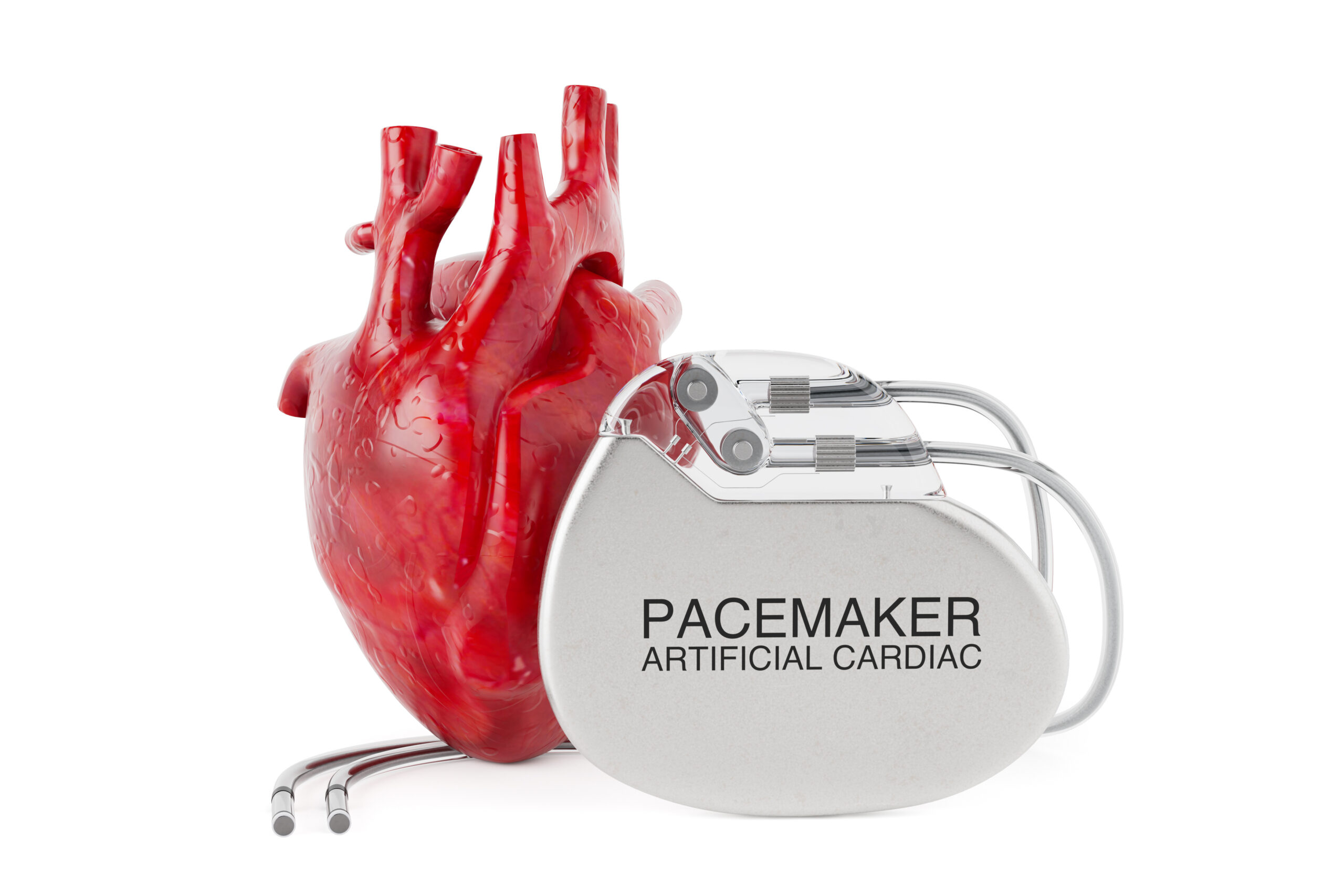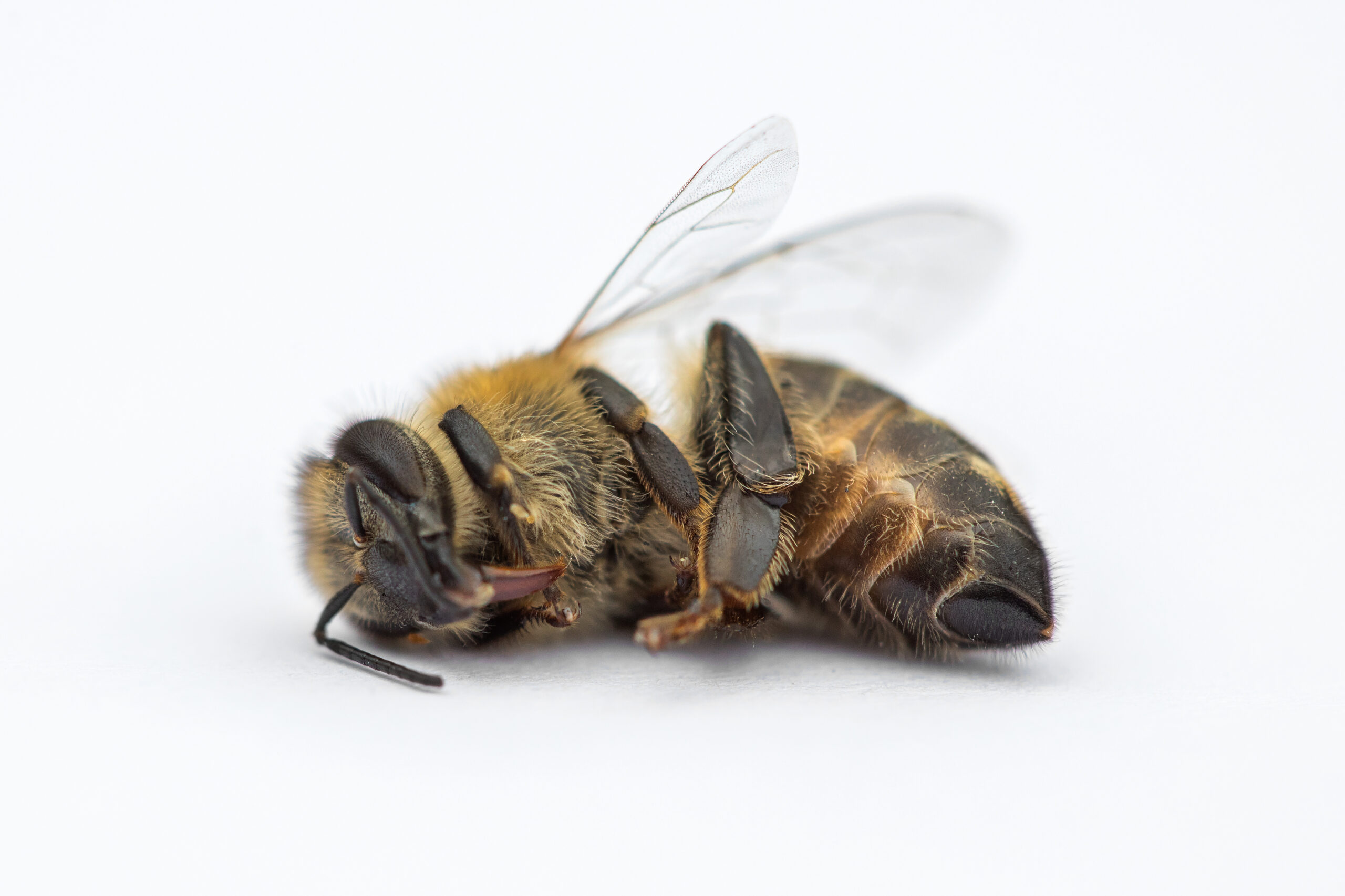Particles of the material bismuth telluride have unique properties: the interior of the particle acts as an insulator, but its surface can conduct electricity. In their recent research, Professor Gabi Schierning at Bielefeld University, Germany, and her collaborators at the University of Duisburg-Essen and IFW Dresden, offer fascinating insights into the properties of bismuth telluride particles. The team’s work may pave the way for their use in technological applications. More
In bismuth telluride particles, the interior of each particle can’t conduct electricity – it acts as an insulator. However, the surface of the particle can conduct electricity. This makes bismuth telluride a topological insulator, which describes materials where there is a contrast between the behaviour of the surface and interior of the material. The electrical conductivity on the surfaces of bismuth telluride particles arises due to fast-moving electrons.
These fast-moving surface electrons make this material an exciting possibility for electronics that harness electron spin, or so-called ‘spintronics’. Spintronics devices are more efficient than traditional electronics for storing and transferring data as they utilise both the charge and the spin of the electron, rather than the charge alone. This results in faster devices, with reduced power consumption.
…
However, if the bismuth telluride particles are too large, the volume of the insulating interior is much greater than the surface area. This means, out of all the electrons in the material, only a small fraction of them can carry electricity. Most of the time, the effect of the insulating interior is much greater than that of the conductive outer surface.
To overcome this problem, Professor Schierning and her colleagues use extremely small particles of around 50 nanometres in size. In these bismuth telluride nanoparticles, the surface-area-to-volume ratio is increased, which reduces the dominance of interior electrons.
To produce the nanoparticles, the researchers used a chemical method involving salts in liquid states, known as ionic liquids, as opposed to carbon-based, organic solvents. To analyse the structures of their nanoparticles, the researchers probed them with X-rays.
The team then compressed the nanoparticles into a pellet resembling a very small coin. This allowed them to create a solid material that still shows the conductive properties of all the individual nanoparticle surfaces. This type of material is often called a ‘nanograined’ solid. When nanograined bismuth telluride is exposed to an electric field, charge can flow from particle surface to particle surface, creating networks of electrical current throughout the material.
…
Professor Schierning’s team examined how electric current flows in the nanograined pellet by measuring its resistivity and considering how it is affected by changes in temperature. When they reduced the temperature to minus 268 degrees Celsius, the team found that the resistivity of the material dropped, meaning that it becomes more conductive at these low temperatures.
In bismuth telluride, the electrons can be in various different energy levels, but there are some energy levels that they are ‘forbidden’ from being in. The allowed energy levels of the electrons form ‘bands’ in the researchers’ data, while the forbidden regions form ‘gaps’.
In quantum materials, we can sometimes see these energy levels ‘split’ to give different levels that an electron can be in. This results from the different momentums of the electron. Because an electron spins, it has a momentum associated with this spin. The electron also maps out a circular path around the nucleus, giving it an orbit. When the electron’s spin momentum interacts with its orbit momentum, this is known as spin-orbit coupling, which has an energy level associated with it. This energy alters the electronic structure of the material and affects its properties.
The researchers interpreted this change in the resistivity as a result of the quantum properties of the material. To further investigate the effects of spin-orbit coupling, Professor Schierning’s team looked at the interference between the nanoparticles in their pellet of bismuth telluride. In quantum mechanics, each particle has a wavefunction associated with it. These wavefunctions describe the wave qualities of the particle, such as the path it takes.
Wavefunctions can interfere with each other. When two or more of these wavefunctions ‘collide’, the resulting combined wavefunction defines an interference pattern and quantum features.
The team used a quantum interference formula that considers the various paths the electron can take in the conductive surface layer of a bismuth telluride nanoparticle. This formula gives the quantum associations between particles and their associated wavefunctions, and also considers the strength of the spin-orbit coupling. By comparing this formula to the drop in resistivity seen in the material when within a magnetic field, the researchers determined that spin-orbit coupling was indeed happening.
…
To optimise their nanograined material for use in electronics, the team next created bismuth telluride pellets with different properties. To do so, they compacted the nanoparticles using slightly different processing conditions, to create pellets of different densities.
The team’s investigations showed that the pellet that was enriched with tellurium and also had the lowest density – and therefore the highest porosity – showed the most interesting and unhindered movement of current throughout the material.
…
The work of Professor Schierning’s team highlights how a topological insulator can be created using bismuth telluride nanoparticles. Her team’s unique synthesis process, without organic solvents, minimises defects in the nanoparticles, while maximising the conductive surface area of the resulting nanograined material.
By compressing these nanoparticles into pellets of different densities, the team have created materials with different electrical properties, towards optimising the nanoparticles for different applications.
The team’s method can be scaled up, potentially allowing these materials to be manufactured in an industrial setting. In this way, nanograined bismuth telluride could become an ideal material for spintronics applications, potentially playing an important role in computing technologies of the near future.







